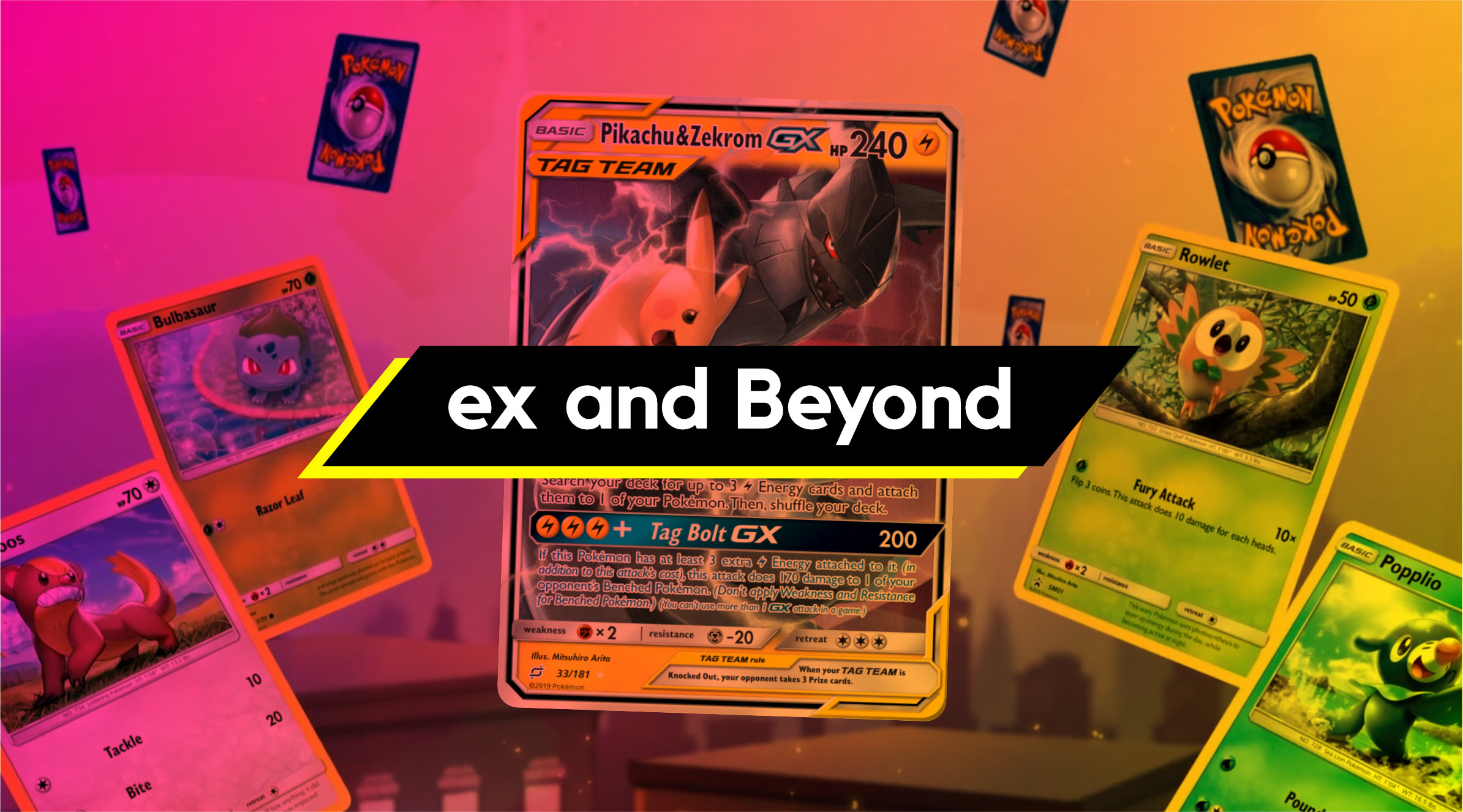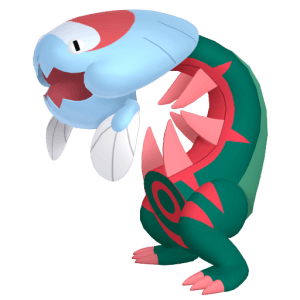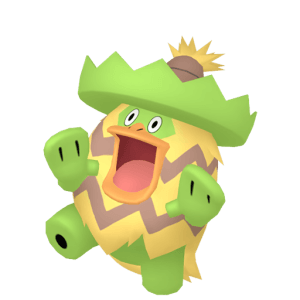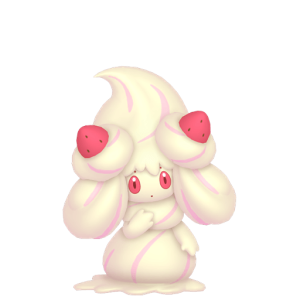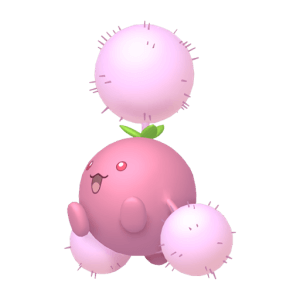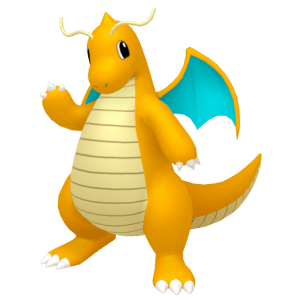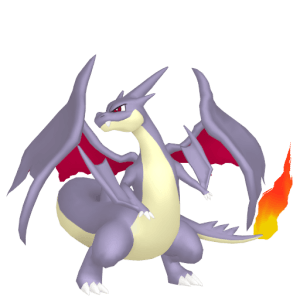Last time we talked about how the Pokémon Trading Card Game needed to take a step away from the big, beefy Basic Pokémon that currently dominate the meta and focus on bringing back some patience and planning to the game in the form of focusing on Evolved Pokémon. While my distaste for the current format lies mostly in the powerful Tag Team Pokémon-GX cards, previous formats still saw a focus on Basic Pokémon-GX such as Buzzwole-GX, Blacephelon-GX, and Ultra Necrozma-GX.
One may make the connection that these Pokémon-GX cards are the problem more than anything else! After all, seven of the eight finalists at this year’s World Championships used them. They’re the problem!
Well…yes and no. Ever since their introduction during the Ruby & Sapphire era, the “multi-prize” Pokémon gimmick is generally what fueled decks. Sure, some simple, non-gimmick-induced Pokémon still did incredibly well from time to time; outside of their absence in the Diamond & Pearl era, these powerful Pokémon always reigned supreme. But as the once-great Gardevoir-GX showed, not all of these powerhouses were Basic Pokémon.
The multi-prize Pokémon gimmick has gone through many revisions over the years, and today I’d like to take a walk through each era’s gimmick to try and found out exactly how we got to where we are today.
ex Cards – The Ruby & Sapphire Era
The Ruby & Sapphire era was a huge leap for the TCG. Before this point, every Pokémon—regardless of power—was worth a single Prize Card. Of course, we hadn’t reached a point where any Pokémon’s HP or damage output would even come close to needing a handicap like that. This era ushered in the dawn of Pokémon-ex. These new Pokémon finally broke the 120HP ceiling normal Pokémon had until now; additionally, their attacks often did more damage than their traditional counterparts. For the first set—EX Ruby and Sapphire—all of these Pokémon-ex were Basic Pokémon, but the second set—EX Sandstorm—saw the introduction of Evolved Pokémon-ex such as Aggron-ex and Wailord-ex, which held the record for the highest HP in the game for several years.
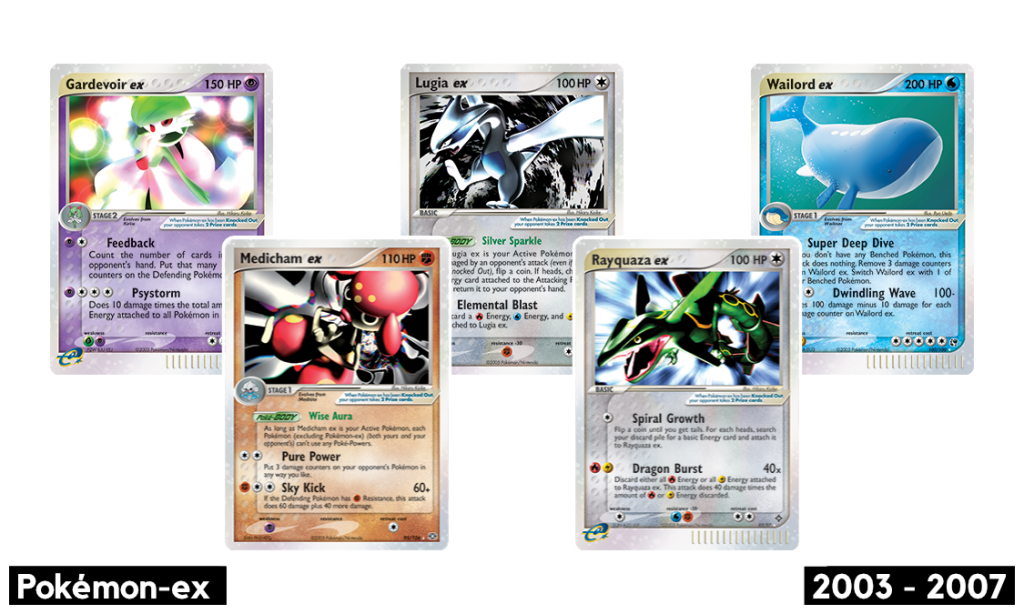
To offset their higher HP and power, each Pokémon-ex knockout would net a player two Prize Cards instead of one. While these new cards could take a hit, the loss of an additional Prize Card made them a liability, especially with so many strong non-ex Pokémon in the game. The Pokémon-ex gimmick lasted a total of sixteen sets over roughly five years. There was never a huge power jump over those five years, with Pokémon-ex in 2003’s EX Sandstorm and 2007’s EX Power Keepers both having an average of 150HP. Some of the later Pokémon-ex were stronger, but they never upset the balance of the game, as several of the World Championships winners from 2004-2007 were created with little to no Pokémon-ex. While they made their mark, these powerful Pokémon weren’t a necessity to claim victory.
Calm Before the Storm – The Diamond & Pearl Era
As mentioned previously, the Diamond & Pearl era removed the multi-prize Pokémon-ex in favor of Pokémon LV.X cards. These cards were played on top of whatever Pokémon they were. For example, a Stage-2 Torterra could “level up” into Torterra LV.X. This could only be done while the Pokémon was in the active position, and gave the Pokémon a few more hit points and generally gave them a powerful Poké-Power, Poké-Body, or attack that made them stronger. To entice the level-up mechanic more, Pokémon LV.X retained the Poké-Power, Poké-Body, and attacks of the card underneath it! The Heart Gold & Soul Silver portion of this era brought Pokémon Prime to the game, but that gimmick retained the single prize award.
It did, however, bring Pokémon LEGEND into the game. These were two cards that “connected” to create a larger card. In the Heart Gold & Soul Silver set, the Lugia LEGEND and Ho-Oh LEGEND only surrendered one Prize Card, but subsequent LEGENDs saw two Pokémon on one set of cards, which therefore surrendered two Prize Cards. Despite these LEGENDS, the game had taken a step back from the Ruby & Sapphire era, slowing the game down ever so slightly, giving these stronger Pokémon new limitations outside a simple Prize Card handicap.
When the Black & White era landed in 2010-2011, it seemed like The Pokémon Company was taking this “soft reboot” to heart. The first three sets of this era saw no gimmicks that impacted the game, instead opting for some new “Full Art” style cards that quickly caught collectors’ eyes.
That changed when Next Destinies was released in late 2011 in Japan.
EX Cards – The Black & White Era
Pokémon-EX were back, and they were stronger than ever. Unlike the previous Pokémon-ex, these cards were all Basic Pokémon and featured 170HP-180HP on average—a number once only found on Evolved Pokémon. This era heralded the beginning of the end for Evolved Pokémon. These Pokémon-EX were potent with power, and with no need to evolve them, you could get the ball rolling faster than ever. Evolved Pokémon still found their way into decks but were often regulated to supporting roles—if they were even used at all.
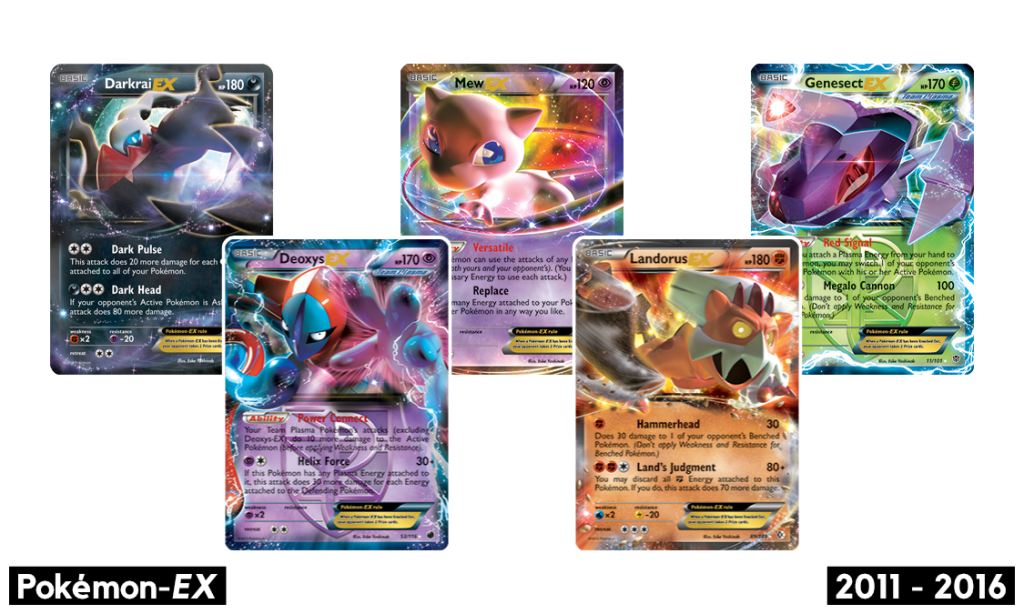
Like Pokémon-ex before them, Pokémon-EX gave up two Prize Cards upon knock-out. However, with nearly every performing deck using them, they no longer became a liability and instead became the new normal. There was no longer a need to spend time powering up pesky Evolved Pokémon when legendary Pokémon-EX such as Darkrai-EX, Rayquaza-EX, Mewtwo-EX, and Mew-EX could dominate the game.
Mega EX Cards – The X & Y Era
The X & Y era continued the Pokémon-EX trend but expanded upon them, introducing Mega Evolution Pokémon. That’s right! Evolution Pokémon are back…sort of. The first set of the game introduced players to Mega Venusaur and Mega Blastoise as M Venusaur-EX and M Blastoise-EX. These Mega Evolution cards required a new Pokémon Tool card called a Spirit Link that had to be attached to the corresponding non-Mega Pokémon. While this seemed good on paper, the key here is that they didn’t Mega Evolve from a Venusaur or Blastoise: they Mega Evolved from Blastoise-EX and Venusaur-EX. The Pokémon once thought to strictly live as Evolved Stage-1 or Stage-2 Pokémon were now Basic Pokémon-EX. While this made Mega Pokémon more accessible—and put all Mega Pokémon on the same playing field regardless of their stage—it also once again shoved the concept of normal evolution to the wayside in favor of big, beefy Basic Pokémon yet again.
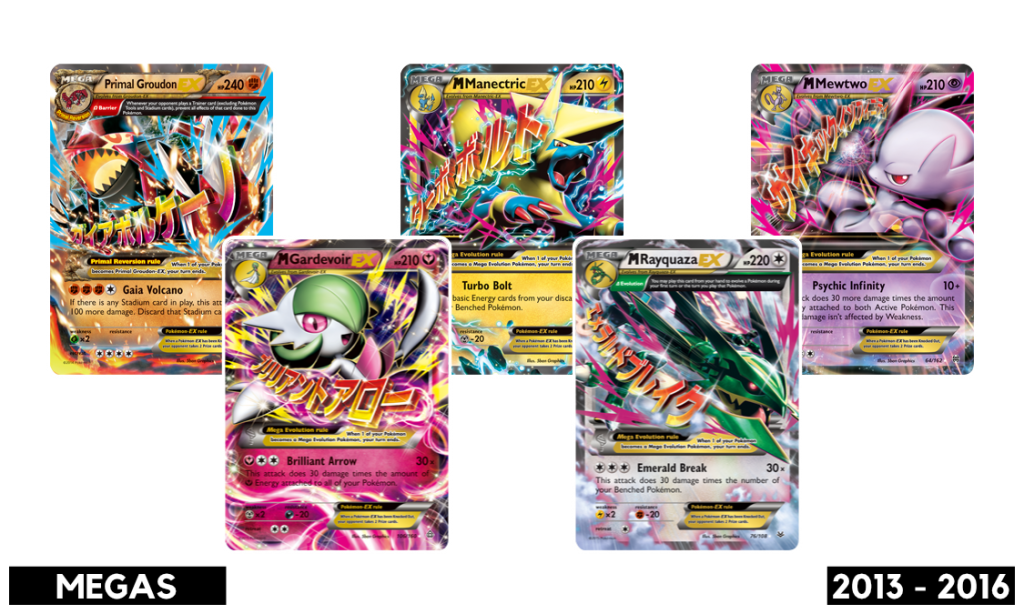
The X & Y era also saw the rise of Pokémon BREAK and the BREAK Evolution mechanic. In an attempt to make Stage-1 and Stage-2 Pokémon more enticing to play, The Pokémon Company brought in the BREAK Evolution mechanic that allowed players to place a sideways card over a Basic, Stage-1 or Stage-2 Pokémon that would give it more HP and a new Ability or attack. This was similar to the Diamond & Pearl era’s LV.X cards, but with a new golden flare. Unfortunately, a coat of shiny gold paint wasn’t enough to make the Pokémon BREAK mechanic relevant, as only Greninja BREAK saw huge amounts of play—with a small handful of others finding their way into decks. The new mechanic just couldn’t break into the game with the much stronger Mega Evolution Pokémon-EX still running the show.
GX & Tag Team Cards – The Sun & Moon Era
Finally, the Sun & Moon era brought the current multi-prize gimmick: Pokémon-GX. These cards gave up two prizes like Pokémon-EX, but they followed traditional evolution rules. This meant a card such as Decidueye-GX had to evolve from a Stage-1 Dartrix. These cards also had a special GX-Attack that could be used once per game, mimicking the Z-Moves found in the Pokémon Sun & Pokémon Moon video games. HP and power once again saw a tick upward with some Basic Pokémon-GX hitting 190HP, with most Stage-1’s hitting 210HP and Stage 2’s hitting 250HP.
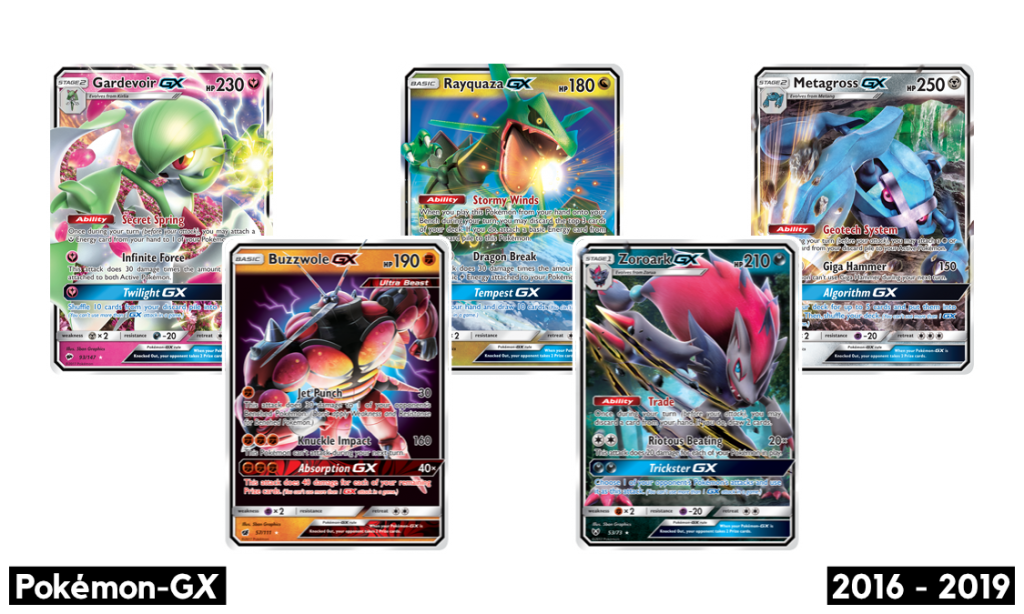
During the pre-Team Up sets, the format saw several Stage-1 and Stage-2 Pokémon-GX become stars such as Solgaleo-GX, Gardevoir-GX, Golisopod-GX, and Alolan Ninetales-GX. There were several Basic Pokémon-GX such as Rayquaza-GX, Lapras-GX, and of course more recent stars Buzzwole-GX and Blacephelon-GX; but the World Championships during 2017 and 2018 saw a rather healthy card pool that favored Basic Pokémon but didn’t make the concept of evolution extinct.

As I’ve mentioned several times before, Team Up saw the introduction of Tag Team Pokémon-GX, putting two or more Pokémon on one card, upping their HP, upping their power, and making them surrender three Prize Cards to balance them out. In 2019’s World Championships, six of the eight Top 8 decks were Tag Team-based cards. Their arrival, unfortunately, created a format where you either play a big, beefy Tag Team or find a single-prize deck such as Baby Blacephelon or cards that can survive against them such as Keldeo-GX to try and survive.
So where does Pokémon go from here?
We have recently learned that Pokémon-V, the new mechanic for the Sword & Shield era, will continue the EX and GX trend of giving up two Prize Cards. The recently-revealed Pokémon-V from the upcoming Japanese starter decks show a very minor bump in HP, but other than that, the impact that Pokémon-V and the currently unknown V-Max mechanic will bring to the game. Perhaps we’ll save that speculation for another time.
How many of these card mechanics have you played with? Do you enjoy the concept of multi-prize Pokémon, or do you wish the game would return to single-prize Pokémon only? Let us know in the comments below, and be sure to join our Discord server for even more Pokémon TCG discussion.

